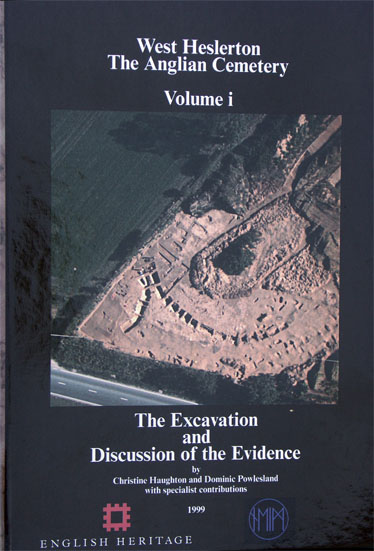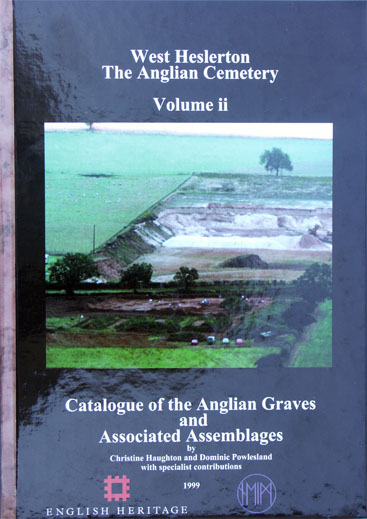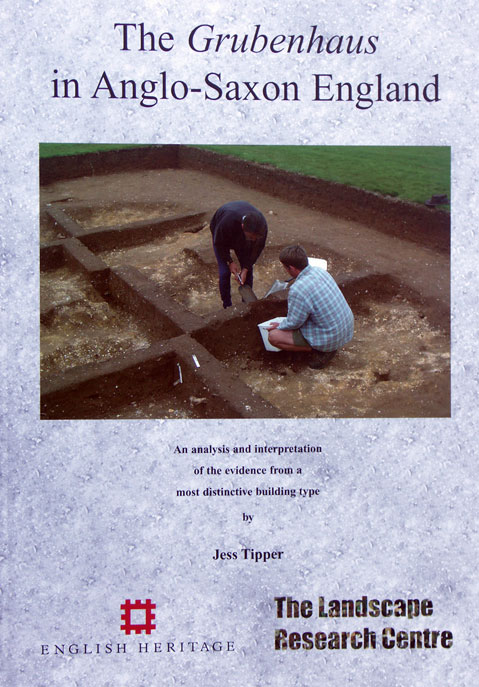|
LRC Publications
West Heslerton - The Anglian Cemetery
by Christine Haughton & Dominic Powlesland
with contributions from Nigel Blades, Ann Clarke, Margaret Cox, Brian Gilmour, Terry Manby, Penelope Walton Rogers & Jacqui Watson
 
.Volume i: The Excavation and Discussion of the Evidence, 197pp.
Volume ii: Catalogue of the Anglian Graves and Associated Assemblages, 376pp.
These two volumes cover the Prehistoric and Early Anglo-Saxon evidence from this important site, they are copiously illustrated in colour and black and white reflecting innovative techniques in the use of digital data and direct scanning of objects and x-rays combined with artifact drawings in pencil and even water-colour. In addition to the detailed discussions relating to the Anglian cemetery, Volume i documents the results of the excavation of the important Late Neolithic/ Early Bronze Age Hengiform enclosure, Post-Circle and Early Bronze Age Barrows that provided the setting for the later Anglo-Saxon Cemetery. This remains the most extensively excavated cemetery of its kind in the North of England producing not only a large group of well furnished burials but also a large assemblage of textile evidence relating to Early Anglo-Saxon costume.
The Grubenhaus in Anglo-Saxon England
by Jess Tipper

208 pages including 54 monochrome figures, 31 colour figures and 8 colour plates.
This volume, published by the LRC in 2004 with the aid of a grant from English Heritage, incorporates in-depth analysis and discussion of the evidence relating to Anglo-Saxon Grubenh�user excavated in England These structures which a ubiquitous in Early-Middle Saxon domestic settlements have been the subject of diverse interpretations, often based on a poor understanding of the evidence. The volume includes the detailed assessment of the excavated evidence from the Early-Middle Saxon settlement at West Heslerton and a re-assessment of the evidence from the other two major excavated settlements of the period Mucking, Essex and West Stow, Suffolk. The volume addresses issues of site formation and de-formation which are of relevance to all archaeologists and demonstrates that the domestic refuse that almost invariably fills these features bears no relation to the function of the buildings that once stood above the pit. The pits themselves, it is clear, were dug to provide a dry air space beneath a suspended floor.
|